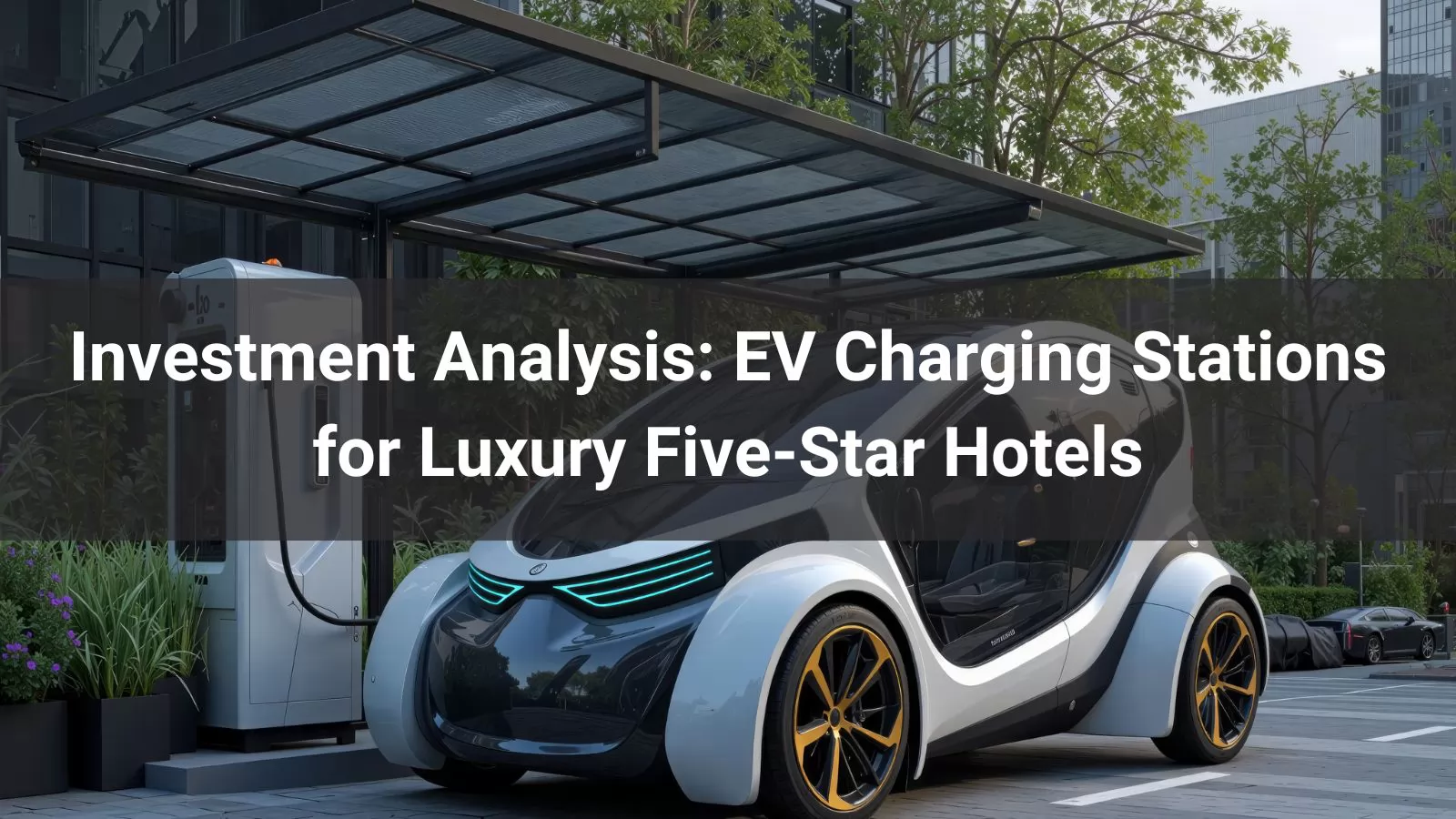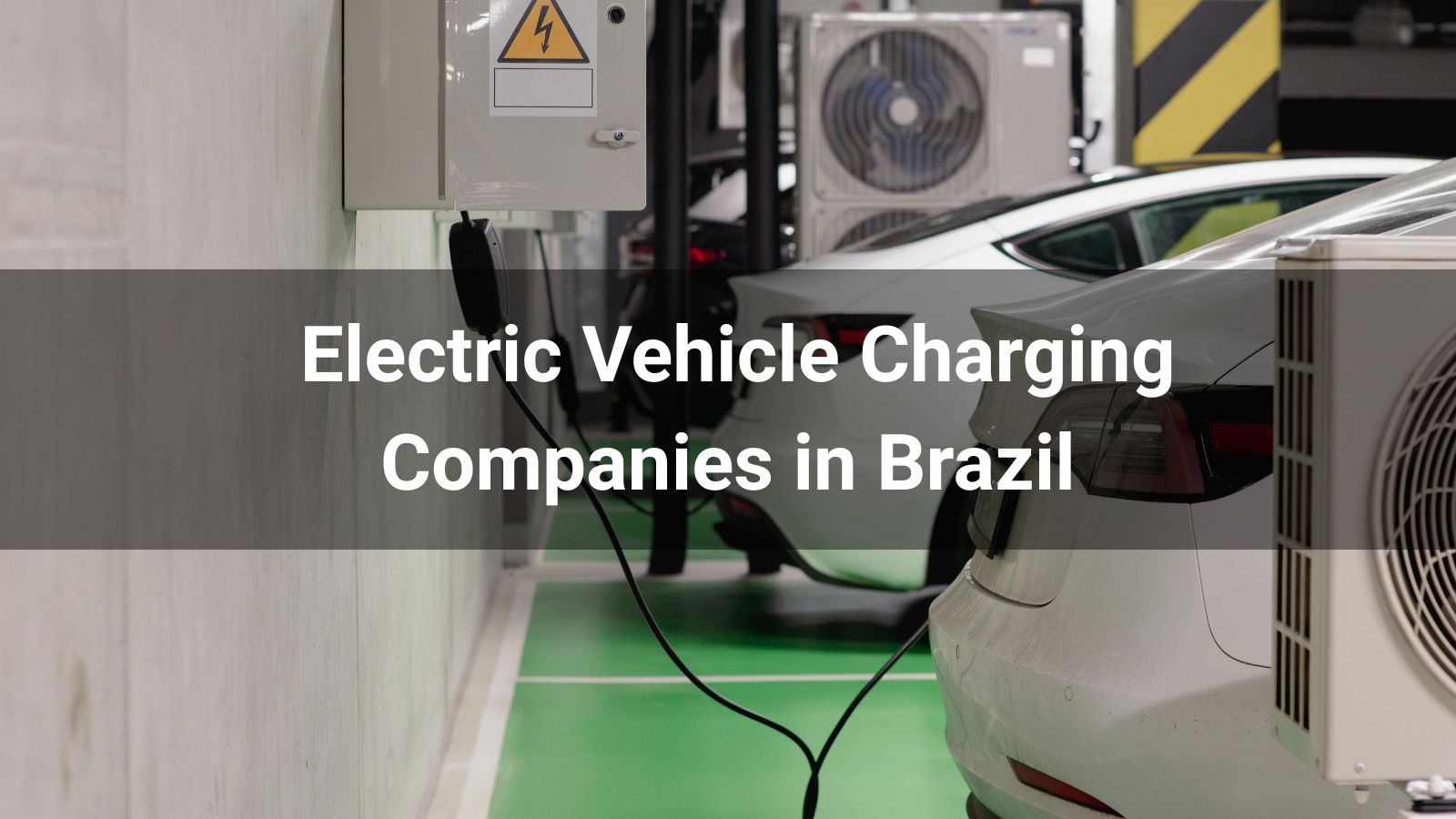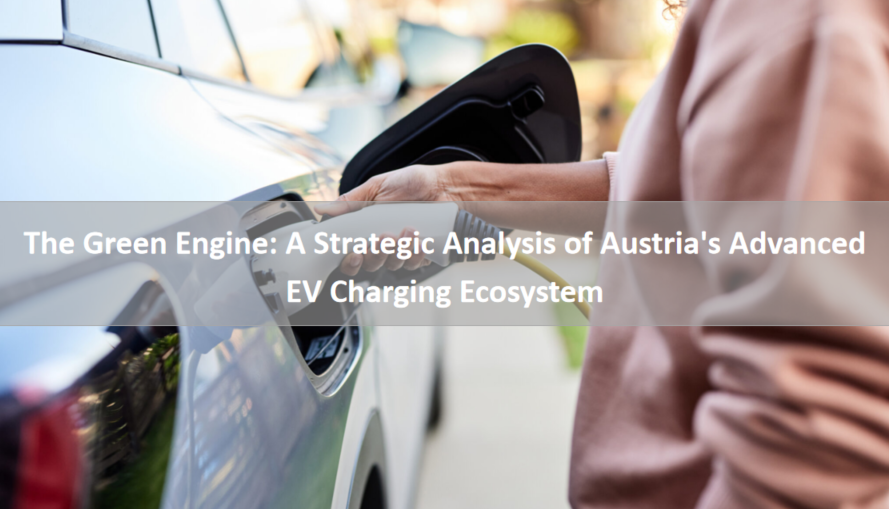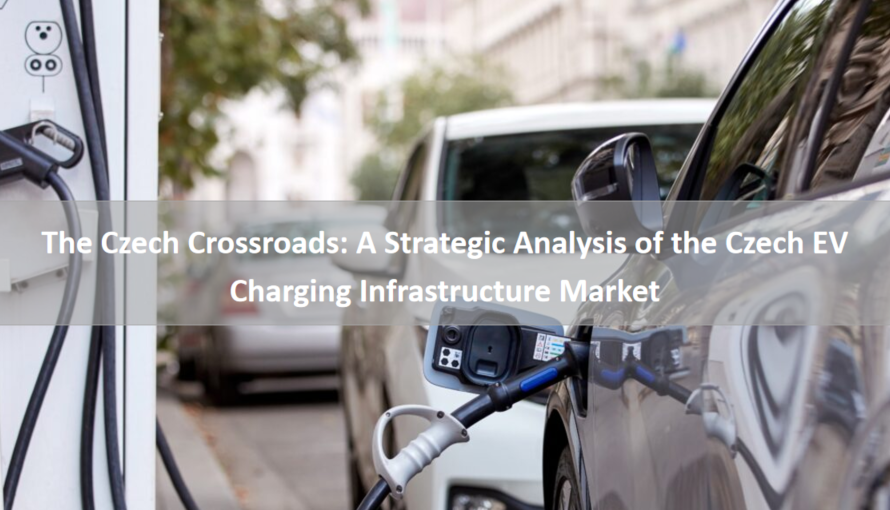
For an esteemed five-star hotel such as yours, the implementation of EV charging stations transcends mere infrastructure addition. It represents a strategic initiative to elevate overall service quality, enhance guest loyalty, and unlock new revenue streams. The composition of your clientele – including overnight guests, banquet attendees, and diners – and their respective behaviors are pivotal to this strategic decision.
Option 1: Installation of Ten 120kW DC Fast Chargers
1. Financial Perspective
-
Advantages:
-
Brand Image Enhancement: A deployment consisting solely of DC fast chargers aligns with the "premium" and "efficient" brand identity of a five-star hotel, showcasing forward-thinking leadership in technology and service.
-
Concentrated Service Fee Revenue: DC fast charging commands a higher service fee premium. Theoretically, achieving high charger utilization could yield a superior daily revenue ceiling per unit.
-
Disadvantages/Risks:
-
Substantial Capital Outlay and Power Capacity Constraints: This constitutes the primary obstacle. Simultaneous operation of ten 120kW DC chargers requires approximately 1,200 kW of electrical capacity. It is highly probable that the hotel's existing power infrastructure is insufficient, necessitating a costly capacity upgrade, potentially running into millions of currency units – a cost likely to dwarf the equipment investment itself.
-
Elevated Operational Costs: High-power charging contributes significantly to peak demand charges from the utility grid. Coupled with higher maintenance costs, these factors will persistently erode profit margins.
-
High Risk to Return on Investment (ROI): Hotel guest traffic is not uniformly distributed across 24 hours. If the ten fast chargers experience significant idle time, the high fixed costs will lead to a protracted payback period, potentially resulting in sustained financial losses. While ideal for transient guests like banquet attendees, this model is misaligned with the needs of the core overnight guest segment.
2. Customer Experience Perspective
-
Advantages:
-
Ultimate Convenience for Transient Guests: Guests attending banquets or meetings can achieve substantial range replenishment within approximately one hour, enabling a seamless itinerary.
-
Disadvantages:
-
Misalignment with Core Guest Needs: For overnight guests, 120kW fast charging represents significant overkill and a degraded experience. Their primary need is "plug-in upon arrival, full battery upon departure." Utilizing a fast charger necessitates a dedicated trip to relocate the vehicle and incurs higher service fees, contradicting the five-star principle of effortless, personalized service.
-
Potential for Internal Congestion: The rapid turnover associated with fast chargers, if poorly managed, could lead to parking lot congestion during peak hotel traffic periods (e.g., around evening events), disrupting overall operational flow.
Option 2: Hybrid Deployment Strategy (5x 120kW DC Chargers + 5x 7-22kW AC Chargers)
1. Financial Perspective
-
Advantages:
-
Significant Optimization of Investment Costs:
-
Reduced Power Upgrade Burden: The requirement drops to approximately 600kW for five DC chargers, plus a minimal addition for five AC chargers, drastically reducing or potentially eliminating costly power capacity upgrades.
-
Lower Equipment CAPEX: The capital expenditure for AC chargers is substantially lower than for DC units.
-
Creation of Synergistic Revenue, Enhancing Overall Profitability: This is the core advantage of this model. Designating AC chargers as "exclusively for overnight guests" and promoting "stay-and-charge" packages can attract EV owners to choose your hotel. This strategy drives revenue far exceeding mere charging fees by boosting the primary revenue driver: room occupancy. The charging infrastructure thus becomes a marketing tool enhancing core business competitiveness.
-
More Economical Operation and Maintenance: AC chargers have a simpler design, requiring minimal maintenance and resulting in lower ongoing operational costs.
-
Disadvantages/Risks:
-
Increased Management Overhead: Requires effective signage, rules (e.g., using smart bollards, front-desk authorization), and management to prevent DC bays from being ICE'd and to ensure AC priority for hotel guests.
2. Customer Experience Perspective
-
Advantages:
-
Precision Service Delivery, Maximizing Satisfaction:
-
Business/Banquet Guests utilize the DC fast-charging zone for rapid replenishment without disrupting their schedule.
-
Overnight Guests utilize the AC slow-charging zone, enjoying a "hassle-free charging" experience where the vehicle replenishes autonomously during their stay, perfectly aligning with their usage pattern.
-
Elevated Service Tier: Providing tailored, considerate options that match actual guest needs significantly enhances client loyalty and positive word-of-mouth.
-
Optimized Traffic Flow: Separates vehicle streams—ensuring high turnover in the fast-charging area and orderly, quiet use in the slow-charging area—thereby improving overall parking facility management efficiency.
Integrated Recommendation & Operational Strategy
For a five-star hotel, the Hybrid Deployment Strategy demonstrably outperforms the All-DC Option on both financial risk and customer experience metrics.
Core Rationale: Your business model's essence is "Service and Experience," not "Energy Retailing." Charging facilities must be strategically aligned with the paramount objective of boosting overall occupancy rates and guest satisfaction.
Refined Hybrid Deployment Proposal:
-
Strategic Site Planning & Zoning:
-
Premium Fast-Charging Zone (5 x 120kW DC): Position near parking entrance or primary thoroughfares. Clearly signpost: "Premium Fast Charging - 90-Minute Limit," targeting banquet attendees and diners.
-
Resident Guest Slow-Charging Zone (5 x 7-22kW AC): Locate in areas proximate to guest elevator access. Clearly mark: "Exclusive for Registered Hotel Guests." Manage access via integrated hotel systems (e.g., key card-activated bollards).
-
Flexible Pricing Architecture & Bundled Offers:
-
Fast-Charging Zone: Implement market-rate or slightly premium service fees.
-
Slow-Charging Zone: For overnight guests, offer "Complimentary Charging" (cost absorbed into room rate), discounted charging, or value-added "Stay & Charge" packages. Leverage this as a powerful tool for justifying premium room rates and attracting direct bookings.
-
Phased Implementation for Risk Mitigation:
-
Phase 1: Install 3 DC Fast Chargers + 10 AC Slow Chargers. This approach provides broader coverage for overnight guests at a lower initial cost, generating immediate market appeal and service enhancement.
-
Phase 2: Based on utilization data analytics from the initial DC chargers, make an informed data-driven decision regarding the potential addition of 2 more DC units. This approach maximizes capital allocation efficiency.
Conclusion
The All-DC Option can be likened to a kitchen designed solely for takeaway—efficient yet lacking depth. Conversely, the Hybrid Strategy resembles a five-star restaurant with exquisite dine-in facilities and an efficient takeaway service. It effectively caters to both transient patrons and, most importantly, delivers an immersive, superior experience for the core clientele. For your five-star hotel, the latter unequivocally represents the strategic choice for maximizing asset value and enhancing brand equity.








